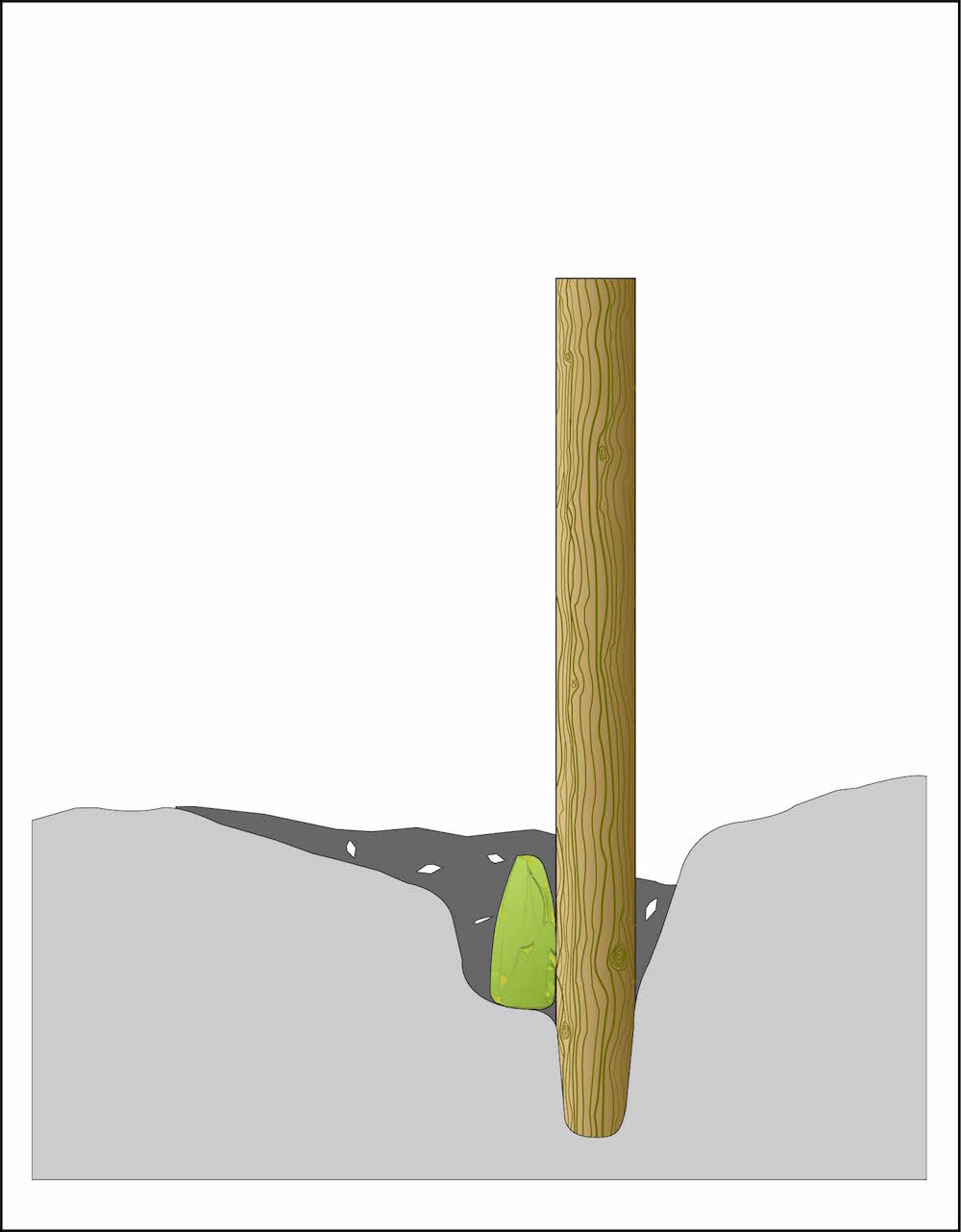Inside Ireland's Oldest Grave, an 'Exceptional' Find

Ireland's oldest human grave has become even more exceptional for one of its contents: The oldest polished ax on record in Europe was likely created solely for a burial, archaeologists say.
The finding sheds new light on the beliefs and complex funerary rituals of the early Mesolithic hunter-gatherers who lived in Ireland about 9,500 years ago, from about 7530 B.C., the researchers said.
"This type of insight into burial practices is incredibly rare for this part of the world," the study's lead researcher Aimée Little, an archaeologist at the University of York in the United Kingdom, told Live Science in an email. "Nine thousand years ago, people in Ireland were making very high-quality artifacts specifically to be placed in graves." [In Photos: Ancient Tomb of a Celtic Prince Uncovered]
Researchers discovered the grave at Hermitage, a site along the River Shannon in Limerick, in 2001. They noted the burial's contents — including the "exceptional" polished shale adze, or ax — at the time, but Little and her colleagues decided to take a second look by analyzing the microwear on the ax, they wrote in the study.
That analysis revealed the ax was little-used, one sign to "suggest that this object was commissioned for the deceased and employed in their funerary rites," the researchers wrote in the study. What's more, the ax was deliberately blunted, possibly as a symbolic act, "as a ritual expression of the death of the individual," the researchers wrote.
This ritual appears to be groundbreaking for its time, the researchers said.
"The adze is exceptional as we traditionally associate [these] polished axes and adzes like this with the arrival of agriculture in Europe, around 3,000 years later," study co-author Ben Elliott, a postdoctoral research associate of archaeology at the University of York, said in a statement. "Although polished axes and adzes are known from pre-agricultural sites in Ireland and other parts of Europe, to find such a well-made, highly polished and securely dated example is unprecedented for this period of prehistory."
Get the world’s most fascinating discoveries delivered straight to your inbox.
The polished ax isn't the only unexpected finding within the grave. Rather than a body covered by rocks or dirt, the grave contains buried cremated ashes, which is unusual for such an old grave, the researchers said.
"That the earliest recorded grave in Ireland is a cremation, and there are two more cremations of later date at the site, suggesting this was a special place known about and returned to over hundreds of years," Little said.
What's more, evidence suggests that the ancient people also placed a grave marker (a post) at the burial, they found. "Such a form of memorialization is rare in Europe at this time," Little said.
While the Irish ax is old, the world's oldest known ax hails from northwest Australia, and dates to between 46,000 and 49,000 years old, Live Science reported in May 2016.
The study was published online Oct. 20 in the Cambridge Archaeological Journal.
Original article on Live Science.

Laura is the managing editor at Live Science. She also runs the archaeology section and the Life's Little Mysteries series. Her work has appeared in The New York Times, Scholastic, Popular Science and Spectrum, a site on autism research. She has won multiple awards from the Society of Professional Journalists and the Washington Newspaper Publishers Association for her reporting at a weekly newspaper near Seattle. Laura holds a bachelor's degree in English literature and psychology from Washington University in St. Louis and a master's degree in science writing from NYU.




